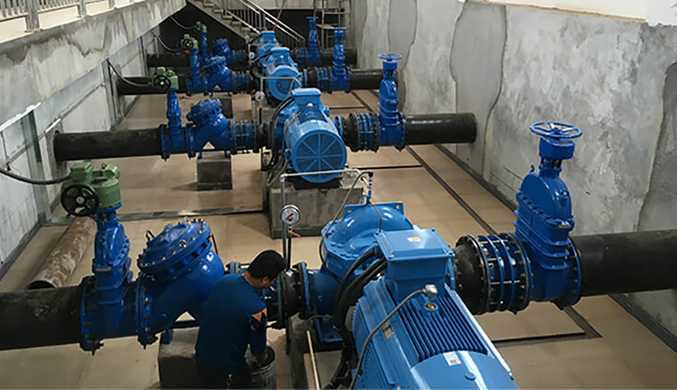English
- Afrikaans
- Albanian
- Amharic
- Arabic
- Armenian
- Azerbaijani
- Basque
- Belarusian
- Bengali
- Bosnian
- Bulgarian
- Catalan
- Cebuano
- Corsican
- Croatian
- Czech
- Danish
- Dutch
- English
- Esperanto
- Estonian
- Finnish
- French
- Frisian
- Galician
- Georgian
- German
- Greek
- Gujarati
- Haitian Creole
- hausa
- hawaiian
- Hebrew
- Hindi
- Miao
- Hungarian
- Icelandic
- igbo
- Indonesian
- irish
- Italian
- Japanese
- Javanese
- Kannada
- kazakh
- Khmer
- Rwandese
- Korean
- Kurdish
- Kyrgyz
- Lao
- Latin
- Latvian
- Lithuanian
- Luxembourgish
- Macedonian
- Malgashi
- Malay
- Malayalam
- Maltese
- Maori
- Marathi
- Mongolian
- Myanmar
- Nepali
- Norwegian
- Norwegian
- Occitan
- Pashto
- Persian
- Polish
- Portuguese
- Punjabi
- Romanian
- Russian
- Samoan
- Scottish Gaelic
- Serbian
- Sesotho
- Shona
- Sindhi
- Sinhala
- Slovak
- Slovenian
- Somali
- Spanish
- Sundanese
- Swahili
- Swedish
- Tagalog
- Tajik
- Tamil
- Tatar
- Telugu
- Thai
- Turkish
- Turkmen
- Ukrainian
- Urdu
- Uighur
- Uzbek
- Vietnamese
- Welsh
- Bantu
- Yiddish
- Yoruba
- Zulu
Telephone: +86 13120555503
Email: frank@cypump.com
Aug . 21, 2024 12:40 Back to list
Submersible Sewage Pumps for Efficient Wastewater Management and Treatment Solutions
Submersible Effluent Sewage Pumps An Essential Component in Wastewater Management
In modern wastewater management, the significance of efficient pumping systems cannot be overstated. Among these, submersible effluent sewage pumps play a crucial role in the effective collection, transportation, and disposal of wastewater. Designed for submerged operation, these pumps are specifically engineered to handle a variety of sewage and effluent applications, making them indispensable in both residential and industrial settings.
Understanding Submersible Pump Technology
Submersible pumps are distinct from conventional pumps in that they operate underwater, which offers several advantages. Being submerged in the liquid they are meant to pump not only minimizes the risk of cavitation but also reduces the chances of explosion and flooding concerning electrical components. This is particularly vital in applications involving sewage, where both safety and efficiency are paramount.
A submersible effluent sewage pump typically consists of a motor that is hermetically sealed and mounted on top of the pump impeller. The motor drives an impeller that forces the sewage upward through a discharge pipe, effectively moving the wastewater to treatment facilities or septic systems. Their design allows them to handle both liquids and solids, making them ideal for diverse applications ranging from residential sewage systems to large-scale industrial wastewater treatment.
Applications of Submersible Effluent Sewage Pumps
These pumps are commonly used in various sectors. In residential settings, they provide effective wastewater management for homes that are not connected to a municipal sewer system. They can efficiently handle waste from bathrooms, kitchens, and laundry facilities, ensuring that homes remain clean and hygienic.
submersible effluent sewage pump

In commercial and industrial contexts, submersible effluent pumps are pivotal for managing large volumes of wastewater. They are often utilized in manufacturing facilities, restaurants, and wastewater treatment plants, where they transport effluents to treatment processes or disposal areas. Their ability to manage both solid and liquid waste makes them particularly advantageous in environments that generate a wide range of effluents.
Benefits of Using Submersible Effluent Sewage Pumps
One of the primary benefits of using submersible effluent pumps is their efficiency. Because these pumps operate below the water surface, they effectively utilize gravity to aid in moving wastewater, reducing the energy needed for operation. Moreover, their compact design allows for easy installation in confined spaces, which is particularly beneficial in urban settings where space is limited.
Another substantial benefit is the reduced maintenance requirement. Submersible pumps are designed to be durable and resilient, often constructed from corrosion-resistant materials that withstand the harsh conditions found in sewage environments. This durability translates to lower operating costs and less frequent service needs compared to traditional above-ground systems.
Conclusion
Submersible effluent sewage pumps are vital assets for effective wastewater management. Their ability to operate underwater minimizes safety risks and maximizes efficiency, making them suitable for a variety of applications in both residential and commercial settings. As wastewater management continues to evolve, the importance of these pumps will only grow, underlining their role in promoting environmental sustainability and public health. By investing in high-quality submersible effluent sewage pumps, municipalities and industries alike can ensure a cleaner, safer, and more efficient approach to wastewater disposal.
-
ISG Series Vertical Pipeline Pump - Chi Yuan Pumps Co., LTD.|High Efficiency, Energy Conservation, Low Noise
NewsJul.29,2025
-
ISG Series Vertical Pipeline Pump-Chi Yuan Pumps Co., LTD.|High Efficiency&Energy-Saving
NewsJul.29,2025
-
ISG Series Vertical Pipeline Pump - Chi Yuan Pumps Co., LTD. | High Efficiency, Energy-Saving
NewsJul.29,2025
-
ISG Series Pipeline Pump - Chi Yuan Pumps | High Efficiency, Low Noise
NewsJul.29,2025
-
High-Efficiency Vertical Slurry Pumps for Mining & Industry Solutions
NewsJul.29,2025
-
High-Efficiency Pipeline Pump Solutions for Every Pipeline Pump Station
NewsJul.29,2025










